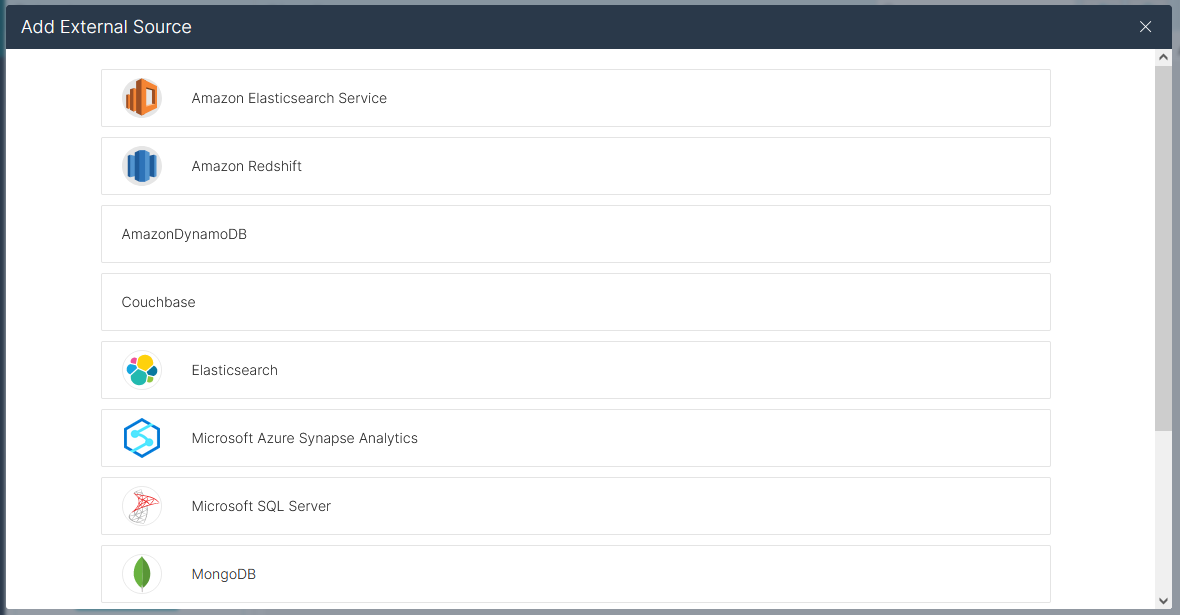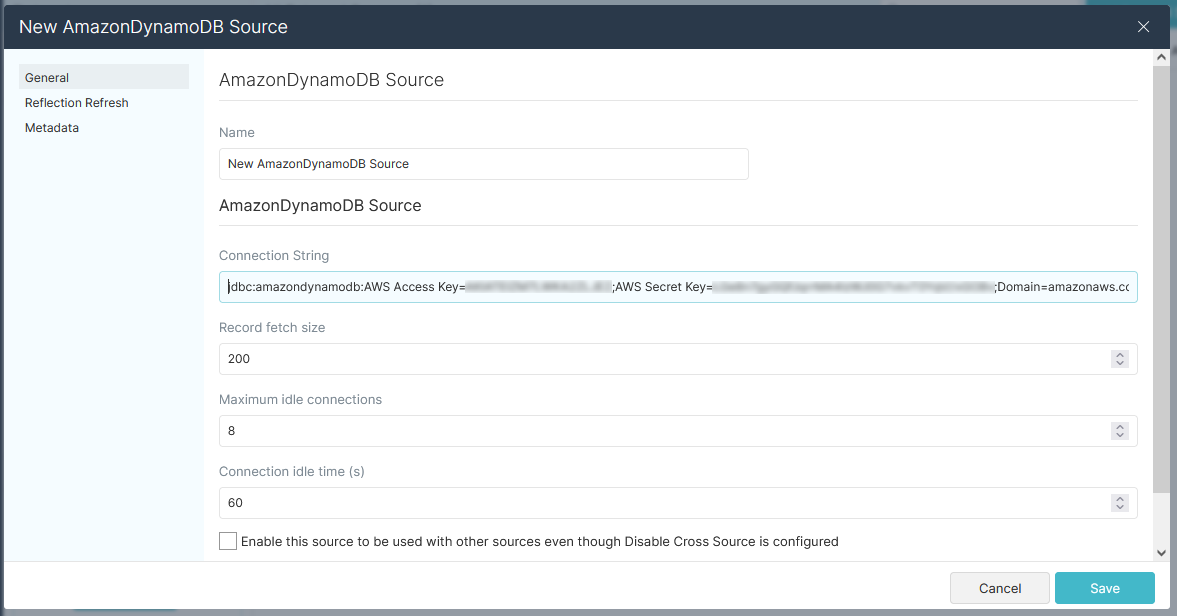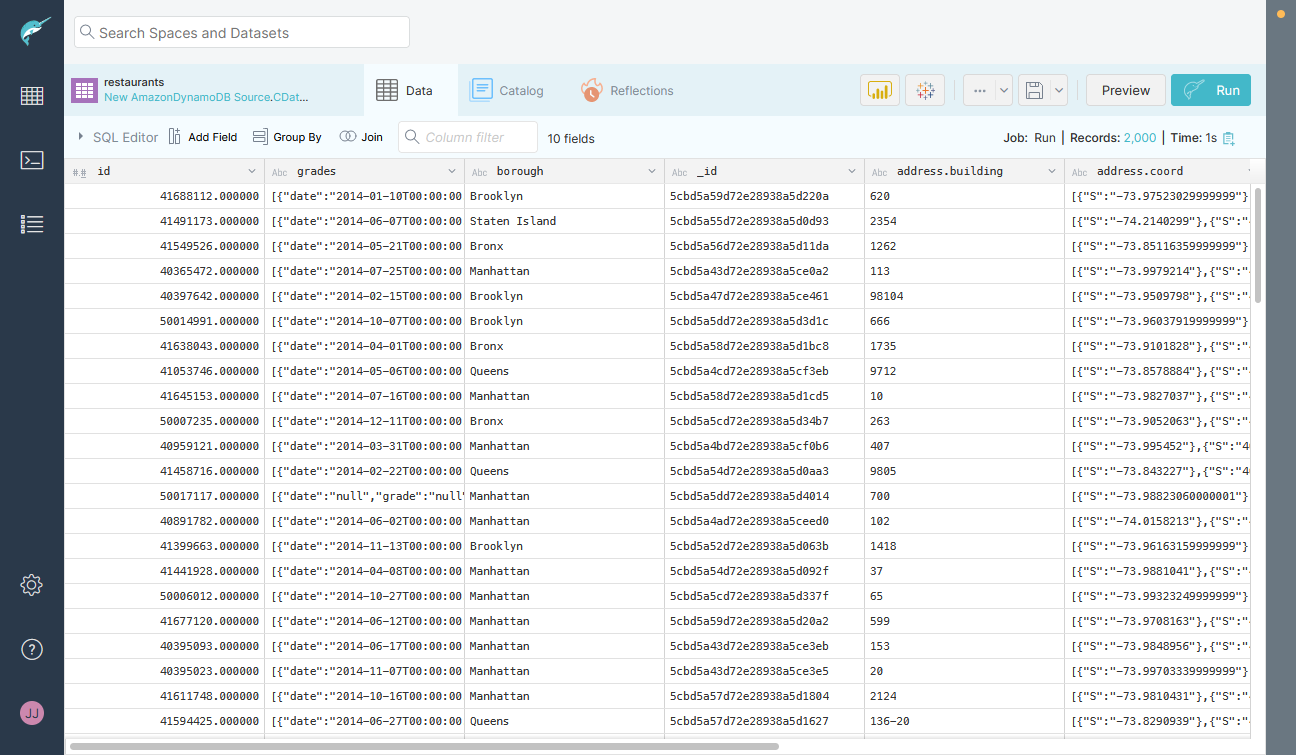Discover how a bimodal integration strategy can address the major data management challenges facing your organization today.
Get the Report →Connect to Smartsheet Data as an External Source in Dremio
Use the CData JDBC Driver to connect to Smartsheet as an External Source in Dremio.
The CData JDBC Driver for Smartsheet implements JDBC Standards and allows various applications, including Dremio, to work with live Smartsheet data. Dremio is a data lakehouse platform designed to empower self-service, interactive analytics on the data lake. With the CData JDBC driver, you can include live Smartsheet data as a part of your enterprise data lake. This article describes how to connect to Smartsheet data from Dremio as an External Source.
The CData JDBC Driver enables high-speed access to live Smartsheet data in Dremio. Once you install the driver, authenticate with Smartsheet and gain immediate access to Smartsheet data within your data lake. By surfacing Smartsheet data using native data types and handling complex filters, aggregations, & other operations automatically, the CData JDBC Driver grants seamless access to Smartsheet data.
About Smartsheet Data Integration
CData provides the easiest way to access and integrate live data from Smartsheet. Customers use CData connectivity to:
- Read and write attachments, columns, comments and discussions.
- View the data in individuals cells, report on cell history, and more.
- Perform Smartsheet-specific actions like deleting or downloading attachments, creating, copying, deleting, or moving sheets, and moving or copying rows to another sheet.
Users frequently integrate Smartsheet with analytics tools such as Tableau, Crystal Reports, and Excel. Others leverage our tools to replicate Smartsheet data to databases or data warehouses.
Getting Started
Prerequisites
This article assumes you are utilizing Docker to run Dremio. You can create a Docker container with the Dremio service using a command similar to the follow:
docker run -d --name dremio -p 9047:9047 -p 31010:31010 dremio/dremio-oss
Where dremio is the name of the container, 9047 is the container's port for the Dremio web interface and 31010 is the port that maps to the Dremio query service. dremio/dremio-oss specifies the image to use.
Build the ARP Connector
To use the CData JDBC Driver in Dremio, you need to build an Advanced Relation Pushdown (ARP) Connector. You can view the source code for the Connector on GitHub or download the ZIP file (GitHub.com) directly. Once you copy or extract the files, run the following command from the root directory of the connector (the directory containing the pom.xml file) to build the connector.
mvn clean install
NOTE: The CData ARP Connectors are build to be compiled with Java 11. Be sure to install Java 11 and use the correct version. You can update your Java version using a command similar to the following:
sudo update-alternatives --config java
Once the JAR file for the connector is built (in the target directory), you are ready to copy the ARP connector and JDBC Driver to your Dremio instance.
Installing the Connector and JDBC Driver
Install the ARP Connector to %DREMIO_HOME%/jars/ and the JDBC Driver for Smartsheet to %DREMIO_HOME%/jars/3rdparty. You can use commands similar to the following:
ARP Connector
docker cp PATH\TO\dremio-smartsheet-plugin-{DREMIO_VERSION}.jar dremio_image_name:/opt/dremio/jars/
JDBC Driver for Smartsheet
docker cp PATH\TO\cdata.jdbc.smartsheet.jar dremio_image_name:/opt/dremio/jars/3rdparty/
Connecting to Smartsheet
Smartsheet will now appear as an External Source option in Dremio. The ARP Connector built uses a JDBC URL to connect to Smartsheet data. The JDBC Driver has a built-in connection string designer that you can use (see below).

Built-in Connection String Designer
For assistance in constructing the JDBC URL, use the connection string designer built into the Smartsheet JDBC Driver. Double-click the JAR file or execute the jar file from the command line.
java -jar cdata.jdbc.smartsheet.jar
Fill in the connection properties and copy the connection string to the clipboard.
Smartsheet uses the OAuth authentication standard. To authenticate using OAuth, you will need to register an app to obtain the OAuthClientId, OAuthClientSecret, and CallbackURL connection properties.
However, for testing purposes you can instead use the Personal Access Token you get when you create an application; set this to the OAuthAccessToken connection property.

NOTE: To use the JDBC Driver in Dremio, you will need a license (full or trial) and a Runtime Key (RTK). For more information on obtaining this license (or a trial), contact our sales team.
Add the Runtime Key (RTK) to the JDBC URL. You will end up with a JDBC URL similar to the following:
jdbc:smartsheet:RTK=5246...;OAuthClientId=MyOauthClientId;OAuthClientSecret=MyOAuthClientSecret;CallbackURL=http://localhost:33333;InitiateOAuth=GETANDREFRESH
Access Smartsheet as an External Source
To add Smartsheet as an External Source, click to add a new source and select Smartsheet. Copy the JDBC URL and paste it into the New Smartsheet Source wizard.

Save the connection and you are ready to query live Smartsheet data in Dremio, easily incorporating Smartsheet data into your data lake.

More Information & Free Trial
Using the CData JDBC Driver for Smartsheet in Dremio, you can incorporate live Smartsheet data into your data lake. Check out our CData JDBC Driver for Smartsheet page for more information about connecting to Smartsheet. Download a free, 30 day trial of the CData JDBC Driver for Smartsheet and get started today.





